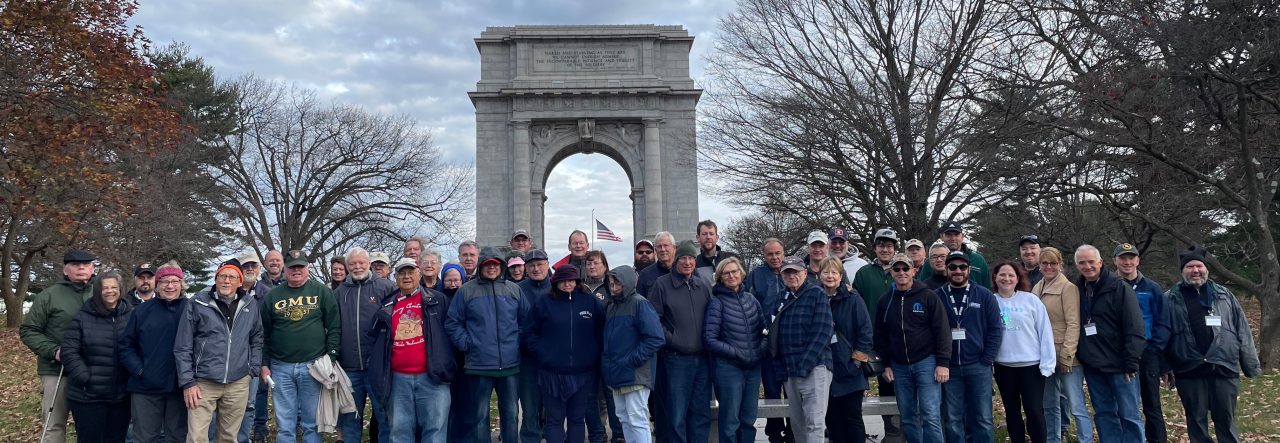Last week I wrote about the various German principalities that contributed manpower to the British attempt to subdue the colonies. I ended the post with:
“An introduction to another aspect of how the American Revolution had far reaching international complications and commitments.”
I figured this week I would return to that theme and share a portion of the Battle of Savannah in 1779, from the perspective of how many nationalities had native sons take part in the fighting.
Besides the three obvious nationalities; British, German, French, and American, the following countries represented; Ireland, Haiti, Poland, Sweden and Switzerland.
The British commander was General Augustine Prevost, who was born in the Republic of Geneva on August 22, 1723 and like an older brother joined the British army. He saw action in the French and Indian War with the 60th Regiment of Foot and at the conclusion of that conflict even served a brief term as governor of West Florida.
During the American Revolution he was ordered to invade Georgia in 1778 and had taken command at Savannah in January 1779, although he wanted to resign in favor of a younger officer to take charge. His replacement was captured while enroute to relieve Prevost, thus the Genevan was still in charge during the subsequent siege and fighting in September and October 1779.
Curt von Stedingk, hailed from Swedish Pomerania in 1746 and by the time of the Siege of Savannah he had been tabbed to lead part of the offensive. He made it to the British entrenchments where he valiantly placed the American standard. Stedingk was wounded in the fighting. He received a decoration from the French and after the American Revolution George Washington invited him into the Society of Cincinnati. This created some controversy in his native Sweden as the king, Gustav III forbade Stedingk from wearing the ribbon and medal as it was from his service to a “revolting people.” He went on to have a long military career, including fighting Napoleon at the Battle of Leipzig.
Henri Christophe, the only monarch of the Kingdom of Haiti, was a drummer boy in a French regiment during the Siege of Savannah. The unit, the Chasseurs-Volontaires de Saint-Domingue was comprised of various ethnicities hailing from the island of Saint Domingue. Christophe may have been wounded around Savannah. He would distinguish himself in the Haitian Revolution before claiming his kingdom and naming himself monarch on March 28, 1811.
Casimir Pulaski, nicknamed “the father of American cavalry” was mortally wounded by canister while attempting to rally retreating French forces. The grapeshot that felled the Warsaw, Poland native is on display in Savannah or Charleston, depending on what account you believe; or possibly neither? He never regained consciousness and died on board the ship Wasp two days after his wound on October 11.
Arthur Dillon and his “Wild Geese” Irish Regiment, in the employ of the French, also took part in the failed attempt to subdue Savannah. Dillon, born in 1750, continued in the French service until being executed in Paris in 1794 due to his royalist leanings.
With such an international cast of personas, which did include rank-and-file from the countries not listed, the Siege of Savannah showed the global reverberations the conflict had. The preserved plot of land pays homage to this fact, which, if nothing else brings you to want to visit the city, is reason enough!



Pingback: The Virginians 800 Mile March to Save Charleston | Emerging Revolutionary War Era
Pingback: The Virginians’ 800-Mile March to Save Charleston – Revolutionary War Journal